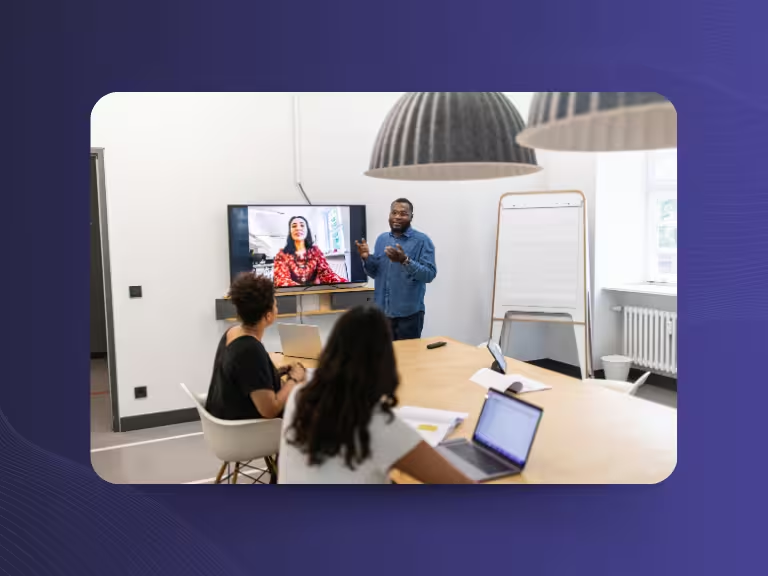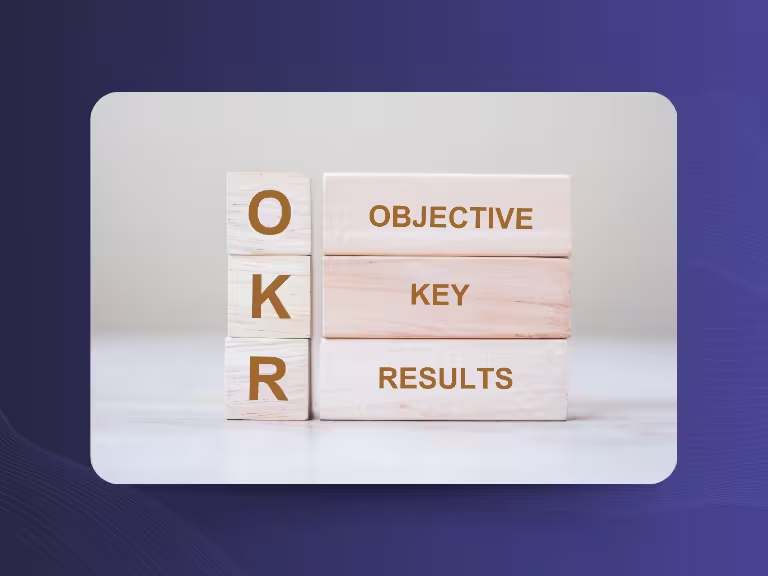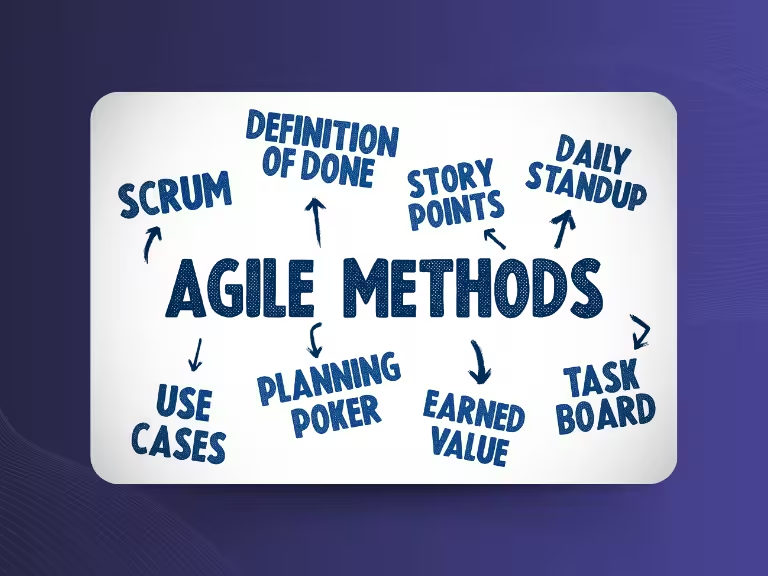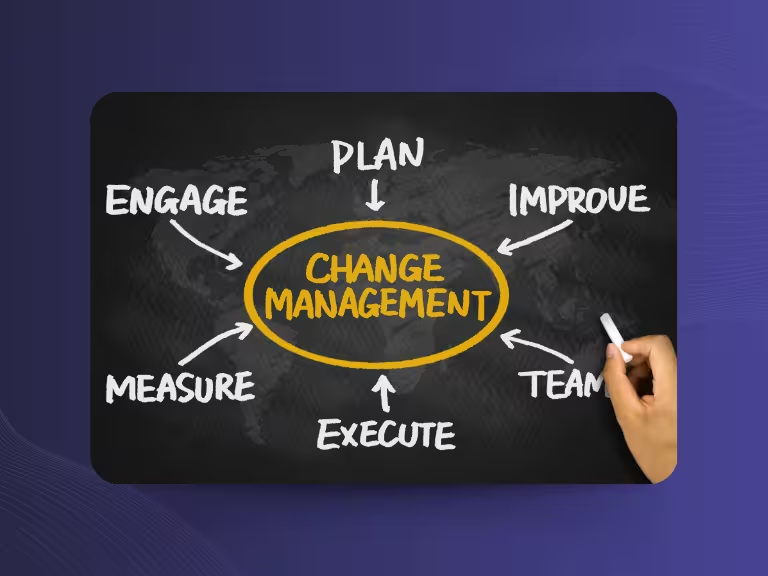Hybrid meetings are discussions that simultaneously connect participants on-site and remotely via video or audio conferencing. This meeting format has evolved from an emergency solution to an indispensable tool in the modern workplace over recent years. According to a Gartner study, approximately 70% of corporate meetings will be held in hybrid format in the future – a development driven by remote work, global teams, and flexible work models.
The challenge lies in the fact that hybrid meetings require far more than just video conferencing software. They demand well-thought-out technology, conscious moderation, and a deep understanding of the different needs of in-person and remote participants. This article shows you how to successfully organize hybrid meetings, which tools you need, and how to equally engage all participants.
Proper Preparation for Hybrid Meetings
Technological Equipment and Tool Selection
The success of hybrid meetings depends on the right technology. Platform selection should be based on your team's specific needs. Zoom, Microsoft Teams, Cisco Webex, and Google Meet each offer different strengths: While Zoom is known for its stability and breakout functions, Teams scores with seamless integration into the Microsoft ecosystem.
Interactive features like real-time polls, chat functions, and digital whiteboards are particularly important. These tools help actively engage remote participants and increase engagement. For the meeting room's technical equipment, you should invest in high-quality microphones, wide-angle cameras, and a stable internet connection.
An innovative approach to increasing efficiency is using AI meeting assistants like Sally. With Sally, meetings can be intelligently recorded and followed up without data privacy risks. The tool automatically transcribes meetings, creates summaries, and integrates seamlessly with over 8,000 platforms, including CRM and project management tools.
Planning and Organization – Defining Roles and Processes
Thoughtful preparation is the key to successful hybrid meetings. Send the agenda and participant list at least 24 hours in advance, considering different time zones and participants' personal needs.
Define clear roles: A moderator guides through the agenda, a timekeeper ensures adherence to schedules, and technical support handles any technical issues. This role distribution ensures smooth processes and relieves the meeting leader.
Consciously plan interactive elements and breaks. Hybrid meetings are often more exhausting than pure in-person or online meetings, as attention must be divided between different participant groups. Regular breaks and varied formats maintain concentration.
Conducting Hybrid Meetings – How to Increase Engagement of All Participants
Methods for Engaging Remote and In-Person Participants
The biggest risk in hybrid meetings is that remote participants become passive observers. Microsoft studies show that virtual participants are often 20-30% less engaged than their on-site colleagues. Targeted strategies help counter this.
Begin each meeting with brief introduction or icebreaker rounds that equally include both in-person and remote participants. Specifically address remote participants and explicitly ask for their opinions on important points.
Breakout rooms are a powerful tool for intensive discussions in smaller groups. Deliberately mix in-person and remote participants to promote exchange. Real-time polls and chat functions enable everyone to express themselves simultaneously and create additional interaction opportunities.

Psychological Aspects and Cultural Sensitivity
Remote participants often struggle with feelings of isolation and limited participation. As a moderator, you should consciously address these challenges and foster a sense of belonging. Ensure that remote participants are not overlooked and their contributions receive the same appreciation as those of attendees.
In international teams, cultural differences are added. While spontaneous contributions are normal in direct communication cultures like the USA, other cultures prefer more structured conversation formats. Create clear communication rules and consider different communication styles in your moderation.
Appreciative and inclusive communication is the key to success. Use names when addressing people, summarize regularly, and ensure that all participants have the chance to express themselves.
Follow-up of Hybrid Meetings – Ensuring Quality and Sustainable Improvement
Result Documentation and Feedback Management
Follow-up of hybrid meetings requires special attention, as different participant groups have different information needs. Create meaningful minutes and share meeting recordings with all involved parties. Pay attention to data protection regulations and clarify in advance whether and how recordings may be stored.
Regularly invite anonymous feedback that covers technical aspects as well as moderation and content. Specifically ask about the satisfaction of remote and in-person participants to identify improvement potential.
Meeting assistants like Sally can provide valuable support here. They automatically create minutes, summarize important points, and can extract action items. This saves time and ensures consistent documentation.
Continuous Optimization and Long-term Strategy
For sustainable success, you need a hybrid meeting policy that defines standards for technology, behavior, and participation. Companies like Siemens and SAP have successfully implemented such guidelines and found that clear rules significantly improve meeting quality.
Offer regular training and resources for all employees. Hybrid meetings require new skills in both technology and communication. Invest in your team's continuing education to fully exploit this meeting format's potential.
Regularly evaluate your meeting processes and adapt them based on feedback. What works today may be outdated tomorrow due to new technologies or changed team structures. Flexibility and continuous improvement are crucial for long-term success.

Cost Aspects and Economic Benefits of Hybrid Meetings
Cost Optimization Through Hybrid Meeting Formats
Hybrid meetings offer significant savings potential in travel and accommodation costs as well as office space requirements. At the same time, they require investments in technology and infrastructure. A Harvard Business Review study from 2023 shows that well-designed hybrid meetings can reduce meeting duration by up to 25% and accelerate decision-making processes.
In cost analysis, you should consider not only direct expenses but also productivity increases. Less travel time means more working time, and the ability to flexibly include experts from various locations can improve decision quality.
Future Perspectives and Technological Trends
Technology is developing rapidly. AI-supported meeting tools for better documentation and collaboration are becoming increasingly sophisticated. IoT-enabled meeting rooms with smart cameras and automatic participant tracking are already in development and promise further improvements in meeting quality.
These innovations offer potential for further productivity increases and new forms of collaboration. Companies that invest early in these technologies can secure competitive advantages.
Conclusion – Successfully Organizing Hybrid Meetings: Summary of Key Success Factors
Hybrid meetings are far more than just a trend – they have become an indispensable tool in the modern workplace. Their success depends on the successful combination of coordinated technology, targeted planning, and social competence.
The most important success factors are well-thought-out technical equipment, conscious engagement of all participants, and consideration of psychological and cultural aspects. Only when you value remote participants as much as attendees can hybrid meetings unfold their full potential.
Continuous improvement and clear policies help anchor hybrid communication in the company long-term. Tools like Sally can further increase efficiency and save time and resources. Companies that follow these principles benefit from increased productivity, higher employee satisfaction, and long-term competitiveness in an increasingly connected working world.

Test Meeting Transcription now!
We'll help you set everything up - just contact us via the form.
Test NowOr: Arrange a Demo Appointment




